Sustainable living is one of the hottest topics in interior design at the moment – the design and production industries are all working on developing products and ideas to help us live more sustainably.
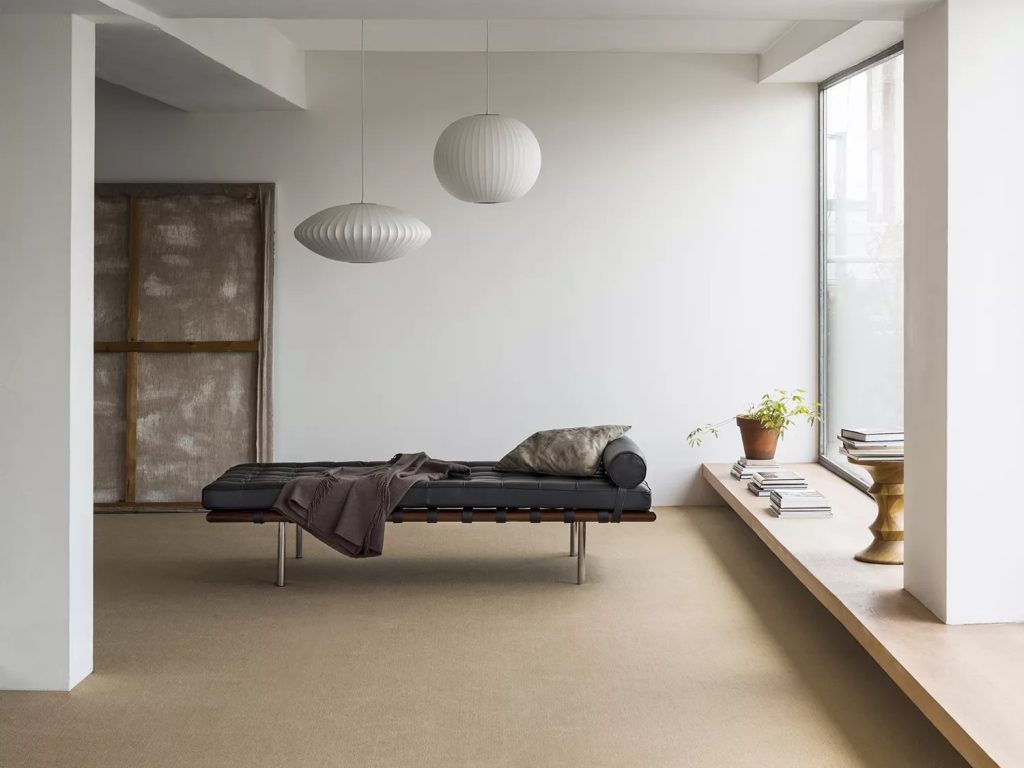
From choosing eco-friendly paint to buying furniture made from sustainable wood sources there are lots of things you can do to make your house an eco-friendlier place to be. Here are some of my top tips:-
Use eco-friendly paint
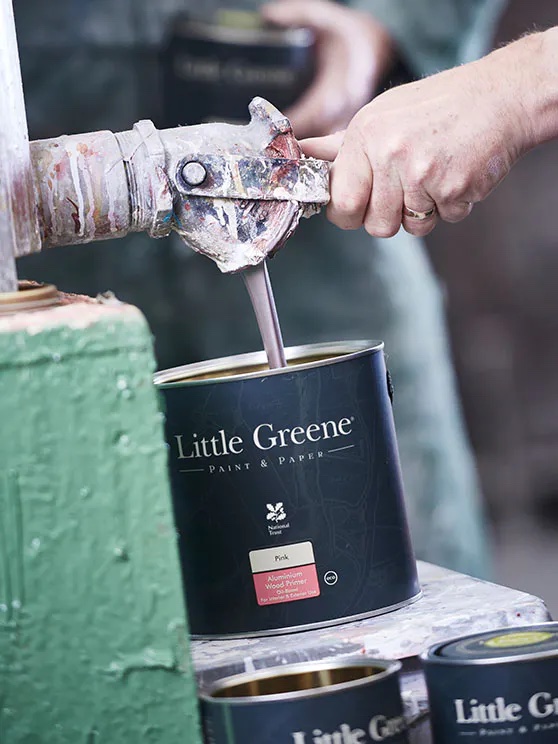
Paint production often relies on chemicals, so it’s important to remember when you are decorating to look for eco-paint brands which use clean and sustainable production processes. There is much more choice than even a few years ago as more and more paint brands are changing the way they produce and package their paints and formulations have improved. There are now lots of colours and finishes using non-toxic ingredients and a low VOC that are kinder to the environment and your home.
Little Greene is one of my favourite brands. All their water-based paints carry the industry’s lowest eco-rating, with VOC content now virtually zero. This means that you don’t need to worry about solvent contributions to the atmosphere, any respiratory issues, or nasty smells; their eco-paints are virtually odourless. Little Greene’s oil-based paints have also been reformulated using sustainable vegetable oils, without compromising on quality. Their paint tins are made using over 50% recycled steel and can be recycled and all their paperwork is printed on recycled or sustainably sourced paper.
Choose flooring mindfully
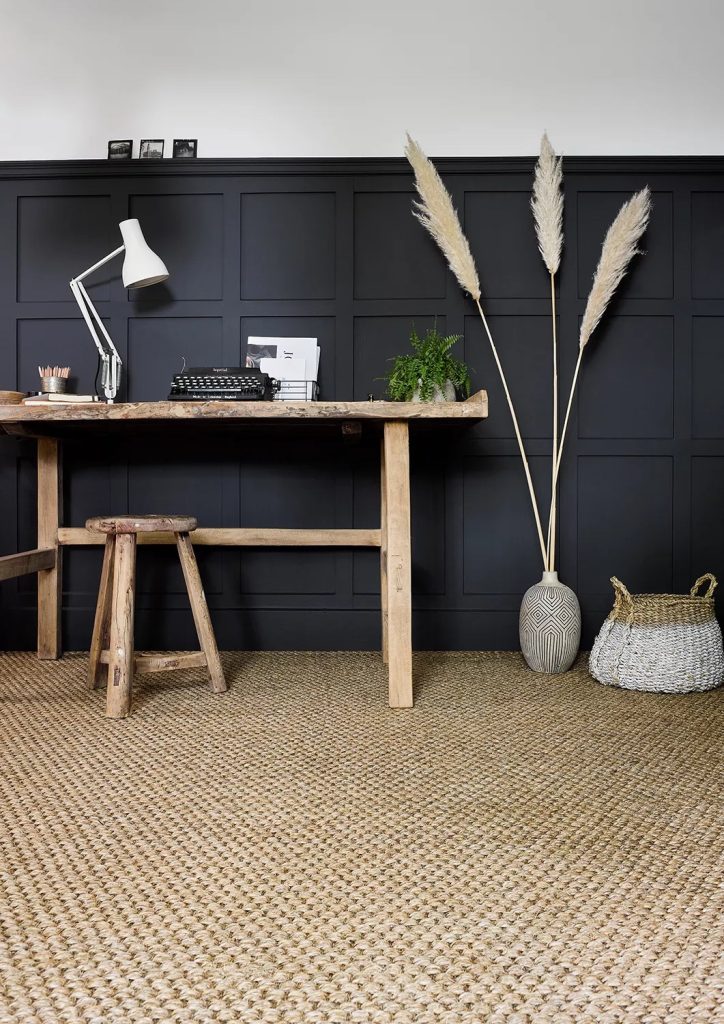
Eco flooring is sourced from a natural material and made without using chemicals. Generally anything that is grown and harvested like wood, sisal and cork is sustainable and renewable. You also need to look at how it is grown, how it is transported, what the installation process is, how you look after it and how you dispose of it. Floors are a big surface area in your home so what you choose can have a dramatic effect on the environment.
If you like the look of wood flooring, make sure it’s harvested responsibly from well managed forests that are replenished without damaging the environment. Wood floors are easy to maintain and hardwearing so they can last a long time which also makes them sustainable. Re-sand them and replace damaged planks and your floor will outlive you! An alternative is to buy wooden floorboards from a reclamation yard. Old floors from schools or churches often have a wonderful patina and look amazing in both modern and old homes.
Cork is another great flooring material. It’s sustainable because the trees are not cut down and will grow back – some trees live for 300 years. Cork is great for keeping warmth in and is a great choice if you suffer from allergies as it’s dust free!
Sisal, seagrass and jute are great natural, plant-based floor options if you are looking for a sustainable carpet or rug. Seagrass is a plant that grows in coastal waters. Dried and woven it creates a hard-wearing and low-cost natural flooring material. Sisal comes from the leaves of agave or pineapple plants which are spun into a twine which is woven into rugs and carpets. Jute is softer than sisal and a bit more expensive.
Look for rugs made from recycled plastic
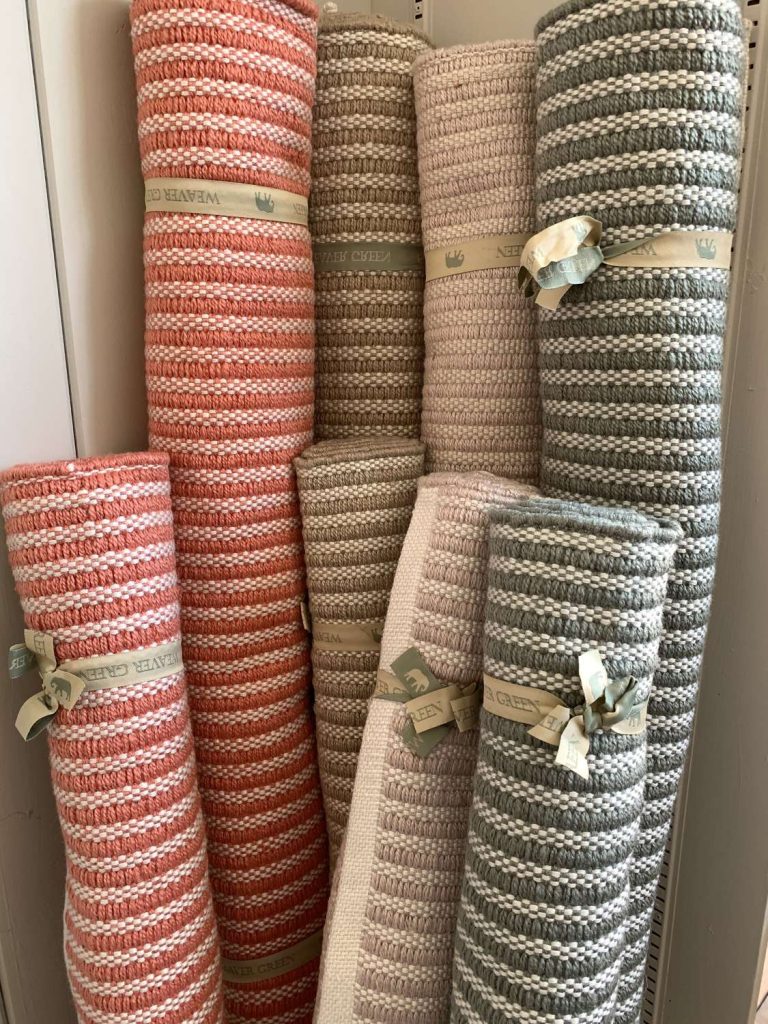
A great option for rugs is to buy hand-woven recycled plastic rugs from a company like Weaver Green. All Weaver Green textiles are made from 100% recycled PET plastic bottles. In the last three years they have recycled close to 200 million plastic bottles, almost half of which have been retrieved from streams, rivers and the coast.
To make these amazing rugs, first Weaver Green take disused PET plastic bottles and shred them to into very fine strips, which are then heated and back combed until tiny fibres start to open. These fibres are then spun and stretched to create a soft yarn which is dyed and woven on a loom to create the rugs. The gorgeous rugs and textiles really do feel as soft as wool and will last for years.
Source furniture made from sustainable sources
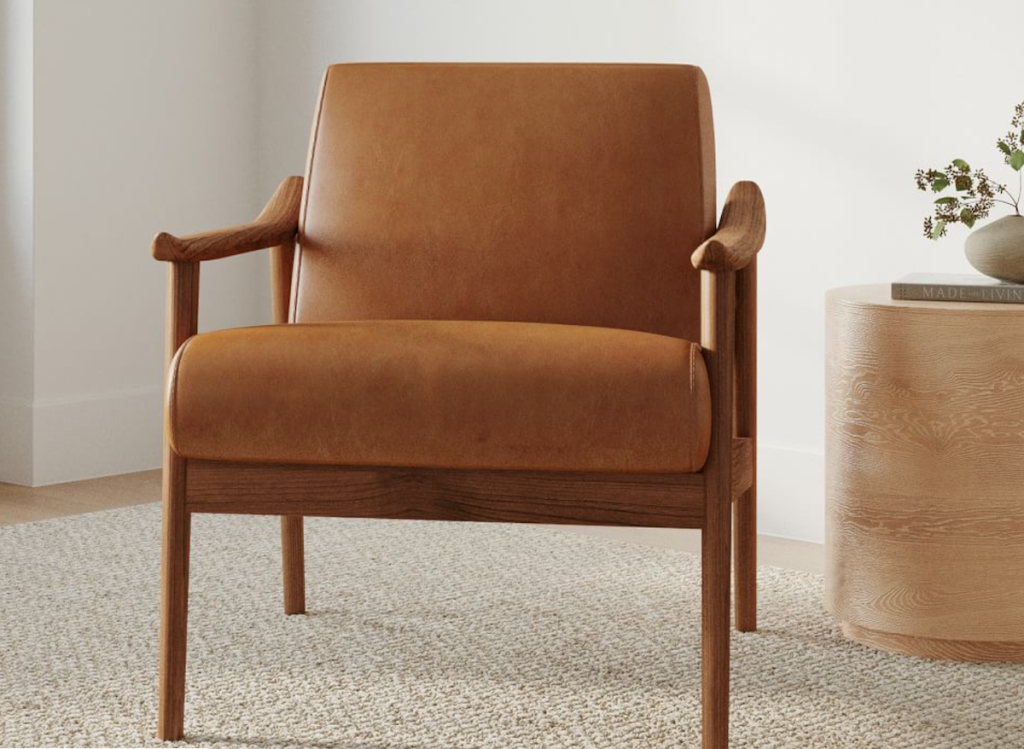
When shopping for furniture, look for brands with a commitment to sustainability.
Tom Raffield is one of the most thoughtful sustainable companies in the UK. A responsible, sustainable approach and an ambition to make a positive difference is at the heart of everything they do. Pushing back against a rising throw-away culture, they handcraft heirlooms of the future and are incredibly proud of the craftsmanship and commitment to making superior quality, artisan pieces that are loved and last a lifetime.
West Elm is famous for its stylish furniture, but the brand also has Fair Trade and eco-friendly collections too! With FSC certified pieces (from chests to chairs), West Elm is committed to sustainability and forest conservation.
Marketplace Etsy is a certified B Corp company which puts the planet at the forefront and works with sellers who reclaim and upcycle furniture – from wooden wall art to pallet coffee tables and armoires. You’re sure to find your one-of-a-kind piece from all over the world.
A passion for the environment and fair-trade practices as well as an interest in traditional crafts and interiors, led to the launch of Nkuku in Devon. Everything you buy is ethical, eco-friendly and handmade.
Next week I look at more sustainable choices for your home.



